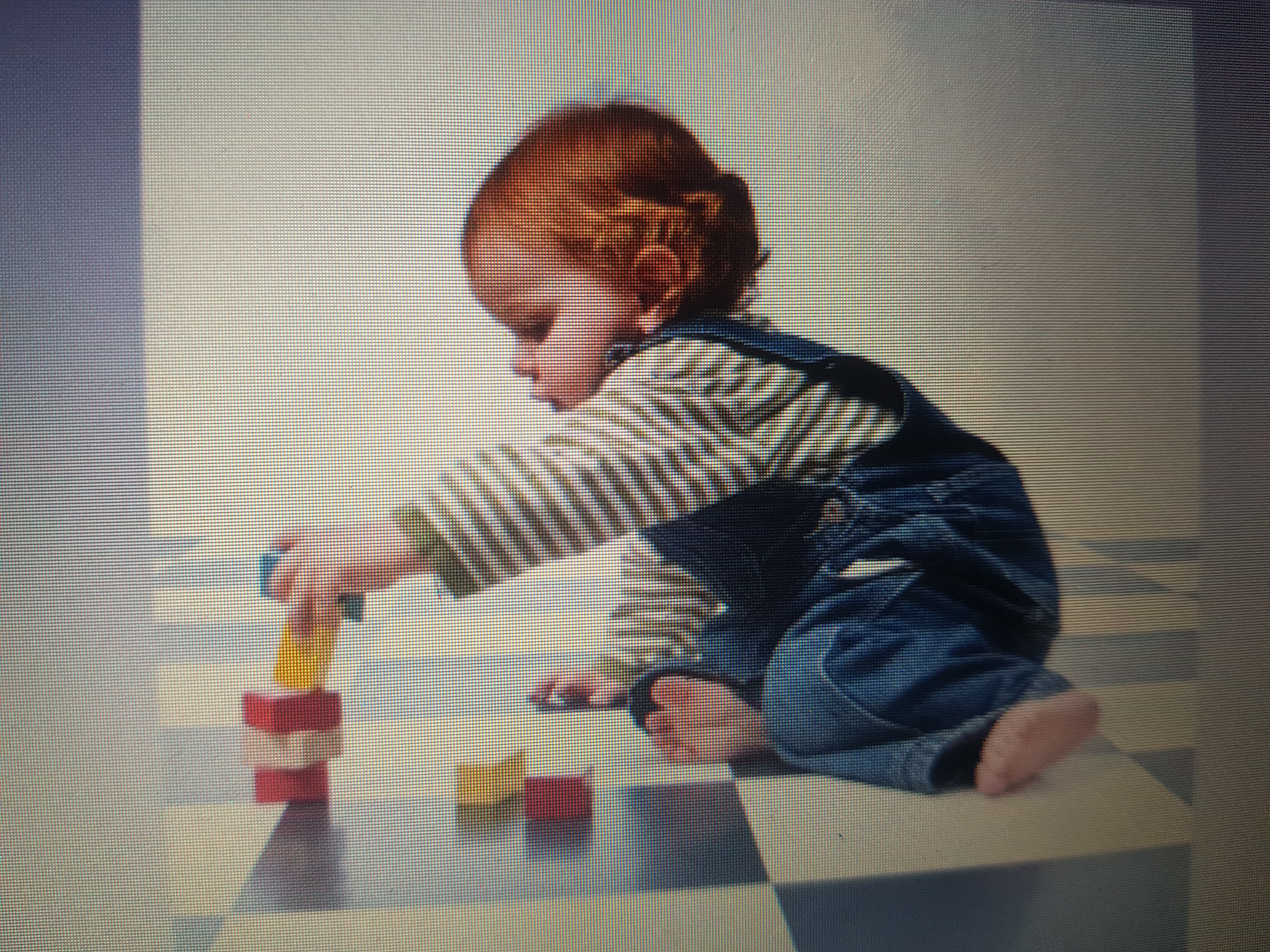Psychological Testing
.webp) File photo. The Developmental Stages of a Child (Online Psychology Degree Guide, 2021)
File photo. The Developmental Stages of a Child (Online Psychology Degree Guide, 2021) |
Psychological tests can be defined as instruments for the quantitative assessment of some psychological attribute or attributes of a person.
The developmental psychologist has available a wide variety of tests for measuring psychological functioning at all ages of childhood.
These include tests of motor development, personality development, aptitudes (perhaps mechanical or musical or scholastic achievement), achievement, motivation, self-esteem, reading ability, general intelligence and many others. Such tests are usually carefully standardised on large samples of children of the appropriate age groups, and norms (i.e. average scores and the range or spread of scores) for various age and gender groups are often available.
Researchers, or testers, can compare their sample of children (or individual children) against the appropriate norms. Clear and precise instructions for administering and scoring the test items are usually included with the published test.
Types of Test Items
The type of item included in a particular test will depend both on the age group it is intended for and what is being measured. Tests of infant development usually consist of careful observations of the child when confronted with a number of standard situations: Can they stand alone? Can they build a tower of 5 bricks? and so on.
 Figure X-1 Building a brick tower – a test of infant development.
Figure X-1 Building a brick tower – a test of infant development.Source: Noam Armonn/Shutterstock.com. |
Beyond about 2 years of age tests make increasing use of children’s ability to use language, and the instructions given to the child are typically in a verbal form. Thus, in a test of intelligence the child might be asked to solve problems, to ive the meanings of words, to say in what way(s) two or three words are similar in meaning, to trace a pathway through a maze, and so on.
Can test scores predict later development?
Tests of ability and intelligence become increasingly accurate in predicting later behaviour (for example, school achievement) as children get older. However, attempts to predict adult personality from measures of personality in earlier childhood have usually not been very successful.
There are a couple of exceptions: children who are shy or bold as infants tend to become adults who are shy or bold; the child who fights with other children a lot is likely to become the adolescent who is judged by peers to be aggressive. In fact, aggression shows greater continuity across childhood and adolescence than any other facet of personality. However, the term personality is extremely difficult to define, and personality traits are difficult to measure precisely.
One problem with measuring personality is that the most important personality traits — such as extraversion, introversion, sociability, suggestibility — are social in nature and may vary depending on the different types of social settings individuals find them in. Thus, although there may be some underlying stability of a shy/bold personality, the child who is sociable and outgoing with their family and friends may be shy and withdrawn in the classroom.
Furthermore, changing life experiences alter behaviour and attitudes: an adolescent will be treated differently from a 7-year-old, and this will affect the way the individual behaves and responds.
|
Uses of Tests
The uses of tests by developmental psychologists are many and varied. Tests are regularly used in clinical and educational assessment, to gain an understanding of an individual child and to see how they compare with others of the same age and gender.
Another use is to select groups of children for participation in an experiment, and then to evaluate the results of the experiment.
Suppose a researcher is interested in evaluating a new scheme for reaching children to read. They may then wish to divide children into two groups of equal reading ability: to select these groups the researcher will give the children a standardised test of reading ability, and will perhaps also administer a test of general intelligence.
On the basis of the test scores the children would be matched in terms of ability, usually in pairs. One of the matched pair will then be randomly assigned to the experimental and the other to the control group, resulting in two groups of children who are equated on the two variables of reading ability and intelligence.
In this sort of experimental situation the group of children who receive the new reading scheme are often known as the experimental group (since they are to be experimented on!), and the other group, which simply receives the usual, ‘old’ reading scheme, are the control group.
When the two groups have had their different reading experiences they would then be assessed again on a standardised reading test: if the children in the experimental group now have higher reading scores than those in the control group we can perhaps conclude that the new reading scheme is a success!
|

